Das Hauskaninchen stammt vom Europäischen Kaninchen (Oryctolagus cuniculus) ab. Es wird angenommen, dass Kaninchen erstmals von den alten Römern zur Nahrungs- und Fellgewinnung domestiziert wurden. Sie haben im Laufe der Geschichte eine bedeutende Rolle gespielt, und heute gibt es weltweit über 300 Rassen in 70 Ländern. Die ersten Hauskaninchen wurden Ende des 19. Jahrhunderts in die Vereinigten Staaten gebracht. In einigen Regionen, insbesondere in Australien, Neuseeland und Chile, haben verwilderte Kaninchen eine ökologische Katastrophe verursacht, weshalb dort Kontrollmaßnahmen im Gange sind.
Heute werden Kaninchen immer noch für Fell, Wolle und Fleisch gezüchtet, aber auch als Haustiere und Begleittiere, Ausstellungstiere, für medizinische Labortests und Kosmetiktests verwendet. Glücklicherweise geht der Einsatz von Kaninchen für Kosmetiktests dank der Bemühungen von Tierrechtsaktivisten zurück.
Heute werden wir uns ein Set von nicht weniger als 11 Hauskaninchenrassen von Toymany ansehen! Als zusätzlichen Bonus enthält das Set auch eine Art Wildhase, der meines Wissens der erste Vertreter dieser Art in Spielzeugform ist (mehr dazu später in der Rezension).

Angora:
Angora steht für eine Gruppe von Kaninchenrassen, die wegen ihres Fells gezüchtet werden, das die Quelle für Angorawolle ist. Es wird angenommen, dass das Angorakaninchen erstmals in der Türkei gezüchtet wurde (Ankara war historisch als Angora bekannt) und heute fast weltweit gezüchtet wird. Es gibt 11 verschiedene Rassen von Angora; das heute von Toymany vorgestellte Modell scheint auf dem Deutschen Angora in Schwarz zu basieren. Es könnte auch ein Riesenangora darstellen, aber laut der American Rabbit Breeders Association (ARBA) ist die einzige zulässige Farbe für den Riesen das rubinrotäugige Weiß (Albino).
Ich habe ein Bild online gefunden, auf dem die Toymany-Figur basiert (Kenc war so nett, mir die Bilder zur Verfügung zu stellen, auf denen die Figuren basieren), und es gibt keine genaue Angabe zur Rasse. Die Figur ist 4,0 cm lang. Unter Verwendung der Ohrlänge als Maßstab (1,5 cm) ergibt sich ein Maßstab von etwa 1:7,3-1:9,3.

Holländerkaninchen
Das Holländerkaninchen, auch bekannt als Hollander oder Brabender, stammt ursprünglich aus England, obwohl der Name auf einen niederländischen Ursprung hindeutet. Das Holländerkaninchen wurde ursprünglich als Fleischkaninchen gezüchtet, ist heute jedoch eine der beliebtesten Haustierrassen und wird fast weltweit gezüchtet. Sie sind ruhig, anhänglich und leicht zu trainieren. Sie kommen in einer Vielzahl von Farben vor, und diese Version von Toymany ist das klassische Schwarz.
Die Figur ist 4,8 cm lang. Unter Verwendung der Schulterhöhe (2,3 cm) oder Ohrlänge (1,2 cm) als Maßstab beträgt der Maßstab durchschnittlich etwa 1:8-1:10.

Löwenkopfkaninchen
Das Löwenkopfkaninchen ist eine relativ neue Rasse, die in Frankreich und Belgien entstanden ist. Eine Theorie besagt, dass es aus einer Kreuzung zwischen einem Zwergfuchs und einem Hermelin entstand, um ein langhaariges Zwergkaninchen zu züchten. Eine andere Theorie besagt, dass es durch die Kreuzung eines Jersey Wooly mit einem Hermelin entstand. Es gibt jedoch noch keine genetischen Beweise, die eine der beiden Hypothesen stützen. Unabhängig davon führte die Kreuzung zu einer genetischen Mutation, die dazu führte, dass lange Wolle um den Kopf (wie eine Löwenmähne) und an den Flanken erschien. Das Löwenkopfkaninchen ist eine kleine Rasse und wird hauptsächlich als Haustier oder Begleittier gehalten.
Die Figur ist 4,5 cm lang. Unter Verwendung der Schulterhöhe als Maßstab (2,3 cm) ergibt sich ein Maßstab von etwa 1:5,5-1:7,2.

Niederländisches Zwergkaninchen
Im Gegensatz zum Holländerkaninchen stammt das Niederländische Zwergkaninchen tatsächlich aus den Niederlanden. Es wird angenommen, dass die Rasse im frühen 20. Jahrhundert durch die Kreuzung kleiner Polnischer Kaninchen mit kleinen Wildkaninchen entwickelt wurde. Ursprünglich wurde es als Haustier gezüchtet und ist auch heute noch eine sehr beliebte Rasse weltweit. Das Niederländische Zwergkaninchen diente auch als genetische Grundlage für andere kleine Rassen.
Das Niederländische Zwergkaninchen kommt in einer Vielzahl von Farben vor, und es ist schwer zu sagen, welche Farbe diese Figur darstellt. Es könnte eine von mehreren sein, einschließlich Luchs, Orange oder Rehbraun. Die Figur ist 3,5 cm lang. Unter Verwendung der Ohrlänge als Maßstab (0,9 cm) ergibt sich ein Maßstab von etwa 1:5,6-1:7,1.

Kalifornisches Kaninchen
Das Kalifornische Kaninchen wurde, wie der Name schon sagt, in den frühen 1920er Jahren in Kalifornien, USA, erstmals gezüchtet. Die Rasse entstand durch die Kreuzung von Standard-Chinchillakaninchen mit weißen Himalaya-Kaninchen, und diese Hybride wurde dann mit Neuseeländer Weißkaninchen gekreuzt, um ihre Größe zu erhöhen. Ursprünglich für die Fleischproduktion gezüchtet, wird das Kalifornische Kaninchen auch für sein Fell gezüchtet und wird als Haustier und Begleittier immer beliebter.
Diese Figur ist in traditionellem Weiß mit dunklen Abzeichen bemalt, der einzigen Farbe, die von der American Rabbit Breeders Association (ARBA) anerkannt wird. Der British Rabbit Council (BRC) erkennt drei weitere Farben an. Das Kalifornische Kaninchen ist eine große Rasse. Diese Toymany-Figur misst an ihren breitesten Stellen 5,5 cm, mit einer Körperlänge von etwa 6,0 cm, was zu einem Maßstab von 1:5,1-1:6,2 führt.

Französisches Widderkaninchen
Der Französische Widder entstand in den 1850er Jahren in Frankreich durch die selektive Zucht des Englischen Widders mit dem Belgischen Riesen. Das Ergebnis ist die größte der Widderrassen, die ursprünglich für die Fleischproduktion gezüchtet wurde. Im frühen 20. Jahrhundert, als Widderkaninchen immer beliebter wurden, wurden sie in andere Länder exportiert, und in den 1970er Jahren gelangte der Französische Widder nach Amerika.
Heute ist der Französische Widder als Haustier beliebt, aber er benötigt viel Platz und fühlt sich in einem Käfig nicht wohl. Es ist keine empfohlene Rasse für Anfänger, kann aber oft gut mit Kindern, Hunden und Katzen zusammenleben. Die Figur ist etwa 4,0 cm hoch. Unter Verwendung der Ohrlänge als Maßstab (1,7 cm) ergibt sich ein Maßstab von etwa 1:7,5-1:12. Widderkaninchen sind als Spielzeug nicht ungewöhnlich, und sowohl Furuta als auch Schleich haben speziell Französische Widderfiguren hergestellt.

Belgischer Hase
Trotz seines Namens ist der Belgischer Hase ein echtes Hauskaninchen, das im 18. Jahrhundert in Belgien durch die Kreuzung früher Hauskaninchen mit wilden Europäischen Kaninchen entstand. Während es ursprünglich für die Fleischproduktion gezüchtet wurde, gilt es heute als „Edelrasse“, die hauptsächlich für Ausstellungen verwendet wird und selektiv so gezüchtet wurde, dass es dem Wilden Europäischen Hasen (Lepus europaeus) ähnelt. Der Belgischer Hase war maßgeblich für den Start der Hauskaninchenzucht in den Vereinigten Staaten verantwortlich. Es ist eine große, lange, aber schlanke Rasse, die für ihren drahtigen Körperbau und ihre kräftigen Hinterbeine bekannt ist.
Es ist schwer zu sagen, auf welche Farbvariante diese Toymany-Figur basiert. Ich vermute, es ist hellbraun, aber die Unterseite ist wahrscheinlich zu blass für ein preisgekröntes Ausstellungstier! Die Gesamtlänge der Figur beträgt 8,5 cm. Unter Verwendung der Ohrlänge als Maßstab (1,5 cm) ergibt sich ein Maßstab von etwa 1:8,5 für ein „typisches“ Ausstellungskaninchen. Meines Wissens ist diese Figur einzigartig für ihre Rasse.

Neuseeländisches Kaninchen
Trotz seines Namens stammt das Neuseeländische Kaninchen ursprünglich aus Kalifornien, USA, möglicherweise aus Beständen, die ursprünglich aus Neuseeland stammten. Es ist eine Mischung aus verschiedenen Rassen, darunter unter anderem Belgischer Hase und Belgische Riesen. Wie viele andere Kaninchen wurden sie ursprünglich für die Fleischproduktion gezüchtet. Die ursprüngliche Farbe ist rot, wie hier gezeigt, aber sie können auch in Weiß, Schwarz, Blau und Gescheckt vorkommen.
Die weiße Variante wurde wegen ihres Fells beliebt, da es sich leicht in verschiedene Farben färben ließ. Das Neuseeländische Kaninchen war auch eine beliebte Rasse für medizinische und kosmetische Labortests aufgrund ihrer Sanftmut und guten Gesundheit. Die Figur ist etwa 5,0 cm hoch. Unter Verwendung der Ohrlänge als Maßstab (1,2 cm) ergibt sich ein Maßstab von etwa 1:9,4-1:11,6. Meines Wissens ist diese Figur einzigartig für ihre Rasse.

Argente-Kaninchen
Das Argente-Kaninchen ist eine der ältesten französischen Ausstellungskaninchenrassen. Es gibt sechs Varianten, und diese Toymany-Figur basiert auf dem Champagne d'Argent. Der Ursprung der Rasse ist unbekannt, aber sie könnte bereits Mitte des 17. Jahrhunderts in Frankreich vorhanden gewesen sein. Ursprünglich wurde sie sowohl für Fleisch als auch für ihr silbernes Fell gezüchtet.
Es war schwierig, Maße für diese Rasse zu finden. Unter Verwendung der Körperlänge als Maßstab (5,5 cm) ergibt sich ein Maßstab von etwa 1:6, aber dies sollte mit Vorsicht betrachtet werden. Meines Wissens ist diese Figur einzigartig für ihre Rasse.

Belgischer Riese
Der Belgische Riese ist, wie der Name schon sagt, eine enorme Kaninchenrasse. Tatsächlich ist es die größte Hauskaninchenrasse der Welt! Es wird angenommen, dass diese Rasse bereits im 16. Jahrhundert in der Region Flandern in Belgien entstanden ist. Es ist eine Mischung aus mehreren Rassen und war die Grundlage für viele heute beliebte Rassen, darunter der Französische Widder und der Belgischer Hase.
Ursprünglich für Fleisch und Fell gezüchtet, ist der Belgische Riese heute als Ausstellungs- und Haustier beliebt, insbesondere weil er sanftmütig ist und sich gut handhaben lässt. Sie können sogar dazu trainiert werden, eine Katzentoilette zu benutzen! Da dies die größte Hauskaninchenrasse ist, gehört diese Figur zu den größten, wenn nicht sogar massigsten Spielzeugen im Set. Sie misst etwa 6,0 cm in der Länge. Unter Verwendung der Ohrlänge als Maßstab (2,0 cm) ergibt sich ein Maßstab von etwa 1:7,6-1:10,2.

Englisches Scheckenkaninchen
Die letzte Hauskaninchenrasse, die wir uns in diesem Set ansehen werden, ist das Englische Scheckenkaninchen, das, wie der Name schon sagt, im 19. Jahrhundert in England entstanden ist. Der ursprüngliche Bestand ist unbekannt, man glaubt jedoch, dass er den Great Lorrainese (Riesenpapillon), den Englischen Schmetterling und/oder den Riesenschecken umfasst. 1910 wurde es in die USA importiert, und 1924 wurde der American Spot Rabbit Club gegründet.
Ursprünglich als Ausstellungskaninchen gezüchtet, sind sie heute sowohl als Ausstellungs- als auch als Haustiere beliebt. Die Figur ist 7,3 cm lang. Dies ist eine weitere Rasse, für die ich Schwierigkeiten hatte, Maße zu finden, aber unter Verwendung der Ohrlänge als Maßstab (1,2 cm) ergibt sich ein Maßstab von etwa 1:10-1:11 (dies sollte mit Vorsicht betrachtet werden).

Antilopenhasen
Zuletzt, aber sicherlich nicht weniger wichtig, ist die Figur, auf die sich die meisten Sammler wahrscheinlich am meisten gefreut haben: der Antilopenhasen (Lepus alleni). Hasenfiguren sind insgesamt ziemlich selten als Spielzeug, und soweit ich weiß, ist diese Figur einzigartig für ihre Art. Der Antilopenhasen kommt im Westen Mexikos und im äußersten Südosten Arizonas vor, wo er in tropischen und subtropischen Graslandschaften, Wüstengraslandschaften und der Sonora-Wüste zu finden ist. Er ernährt sich von verfügbarer Vegetation, die Kakteen, Gräser und Blätter von Bäumen und Sträuchern umfassen kann.
Diese Figur von Toymany fängt das schlanke Aussehen eines Hasen ein. Die Körperlänge beträgt etwa 7,0 cm, was einem Maßstab von 1:7,4-1:8,3 entsprechen würde. Unter Verwendung der Ohrlänge als Maßstab (2,4 cm) ergibt sich jedoch ein Maßstab von etwa 1:5,8-1:7,1. Aufgrund der Haltung der Figur könnte die Ohrlänge ein verlässlicherer Maßstab sein. Die Figur ist überwiegend in Grau bemalt, mit weißen Akzenten um die Ohren, Augen und den Mund und in Grau-Rosa in den Ohren. Eines der Merkmale des Antilopenhasen ist ein orangefarbener Schimmer an der Kehle, und dieser ist, wenn auch schwach, auf dieser Toymany-Figur vorhanden!

Insgesamt ist dies ein spektakuläres Set und wird synoptischen Sammlern, allgemeinen Tiersammlern und Sammlern von Haustieren und Nutztieren wärmstens empfohlen. Als ich meine synoptische Sammlung begann, hatte ich Schwierigkeiten, ein Hauskaninchen zu finden, das mir gefiel (und habe sie bereits zweimal ersetzt). Wäre dieses Set damals verfügbar gewesen, hätte mir jeder von mehreren davon ausgereicht.
Anfangs bemühte ich mich nur, mehrere Rassen von Nutztieren, wie Rinder, zu bekommen. Während ich meine Sammlung auf andere Haustier- und Nutztierrassen erweiterte (z. B. Hunde, Katzen, Schweine, Schafe, Ziegen und sogar Pferde), dachte ich auch an Kaninchenrassen. Aber ich konnte mich nie dazu durchringen, damit zu beginnen. Mit diesem Set von Toymany kann man auf einmal 11 Hauskaninchenrassen erhalten, und das in sehr gut gemachten Ausführungen. Und vergessen wir nicht den einzigartigen Antilopenhasen!
Zum Glück sind diese Figuren, egal wie viele man aus dieser Sammlung möchte, sowohl als komplettes Set als auch einzeln auf der Toymany-Website erhältlich. Außerdem können Sie bei einer Bestellung direkt auf der Toymany-Website den Rabattcode TMAFBM10 verwenden, um einen 10%igen Rabatt zu erhalten.
Geschrieben von bmathison1972 vom Animal Toy Forum, einem erfahrenen Sammler von Tiermodellen und einem medizinischen Parasitologen, der sich auf Parasiten menschlicher Krankheiten (einschließlich Arthropoden) spezialisiert hat. Vielen Dank, dass Sie diesen Blogbeitrag für uns verfasst haben.

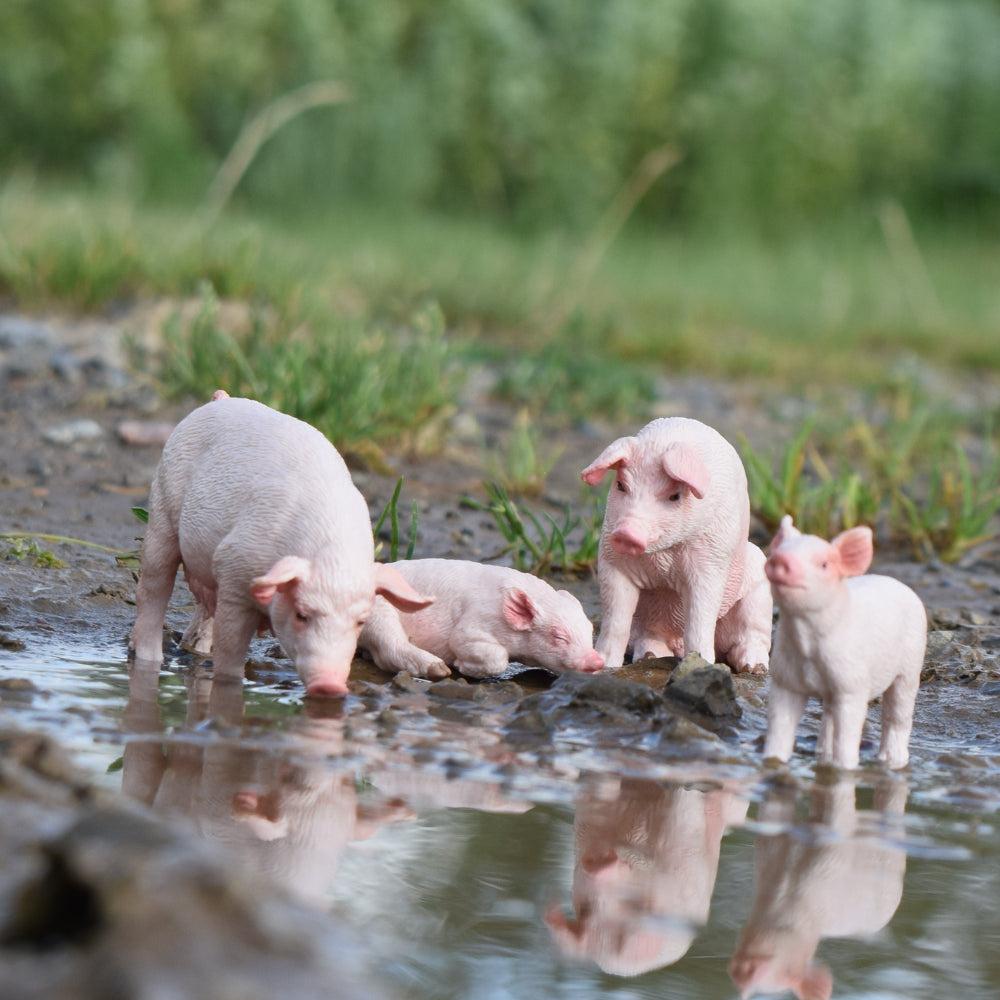
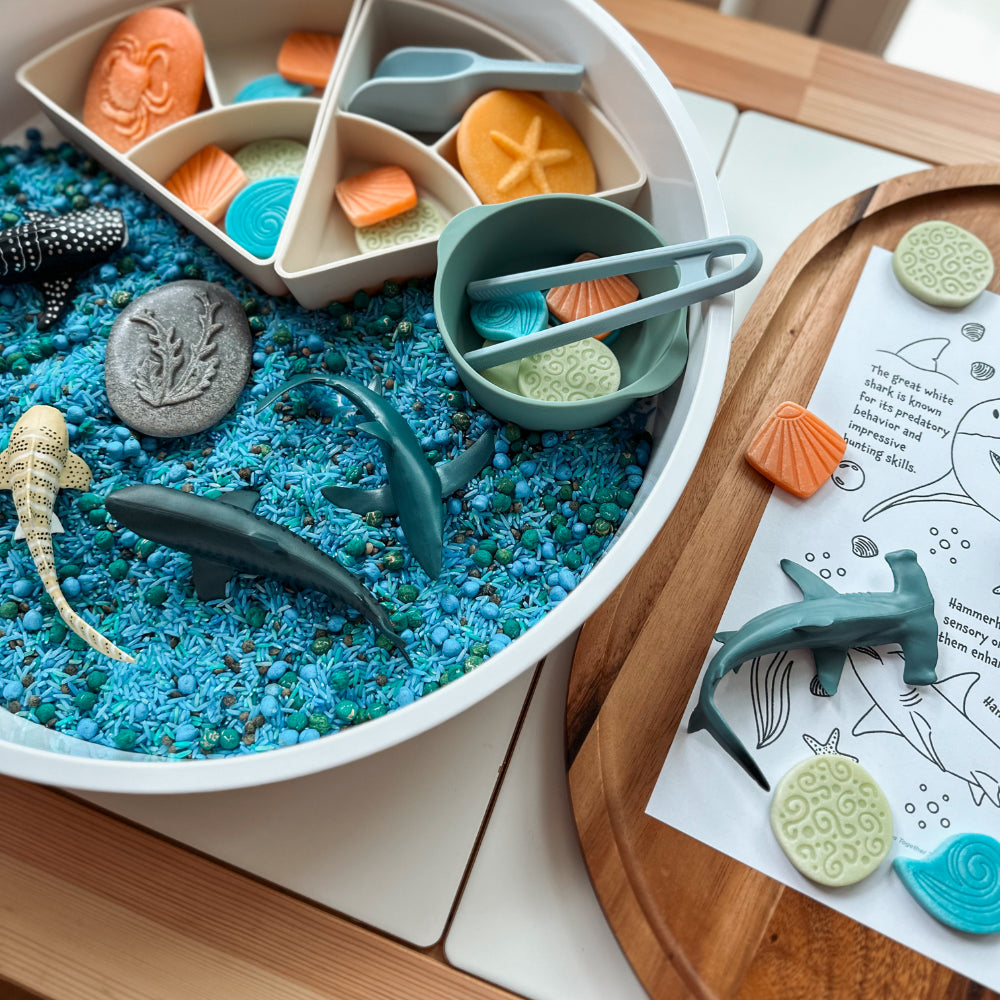
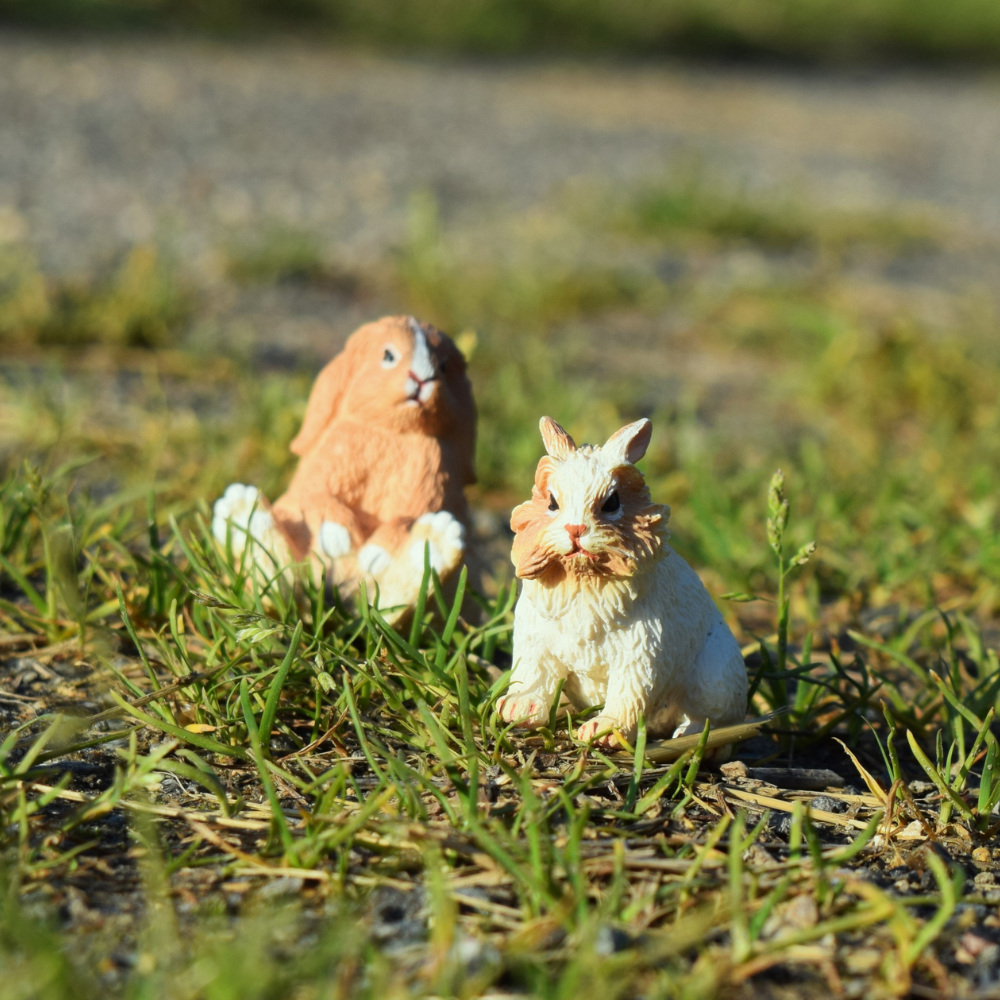


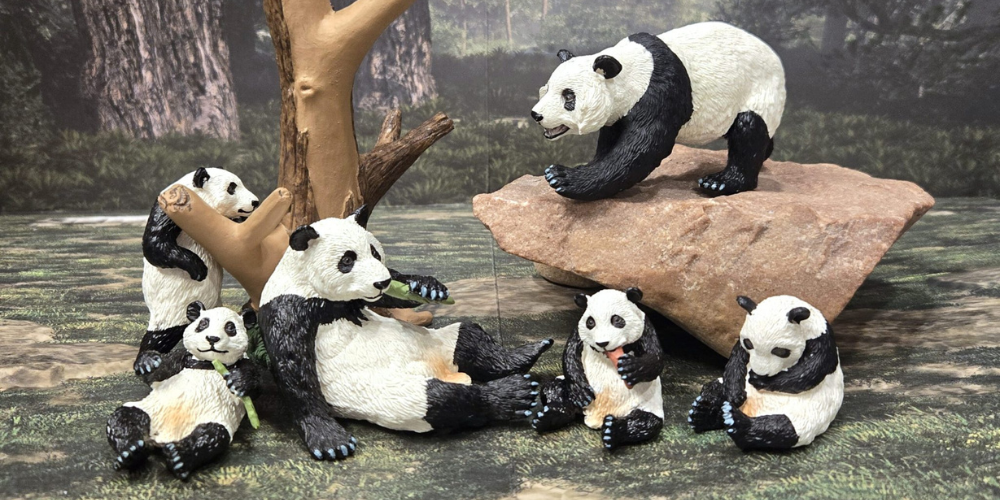
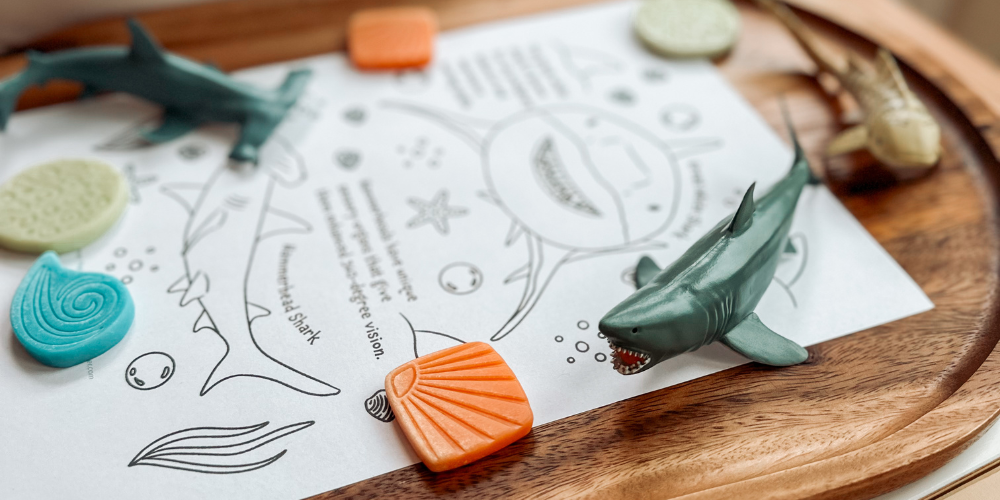
Hinterlasse einen Kommentar
Alle Kommentare werden vor der Veröffentlichung geprüft.
Diese Website ist durch reCAPTCHA geschützt und es gelten die allgemeinen Geschäftsbedingungen und Datenschutzbestimmungen von Google.